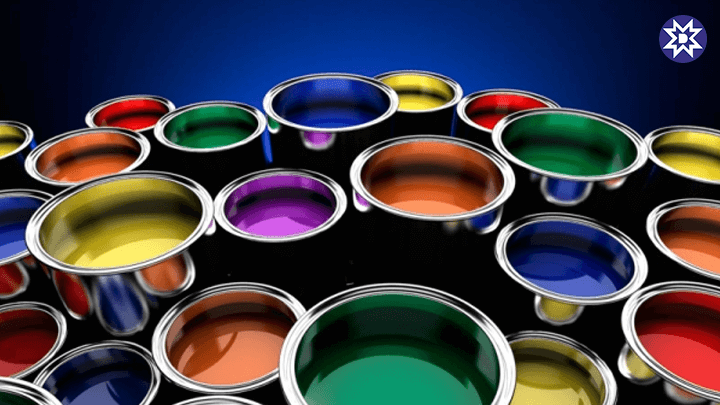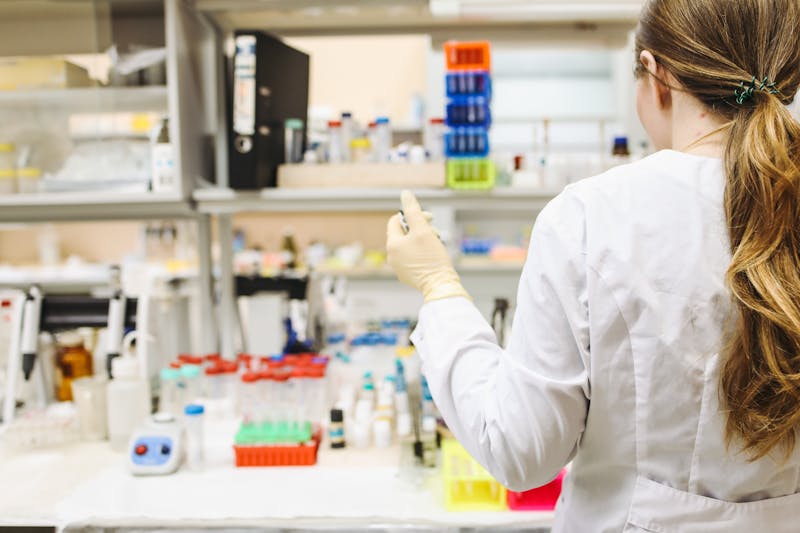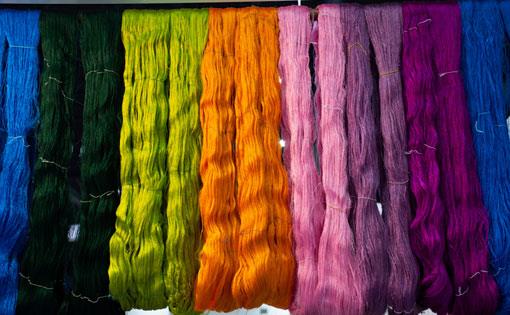
Direct Dyes
Direct dyes are water-soluble dyes that have a strong affinity for cellulose fibers and can be applied directly without the need for mordants. They form non-covalent bonds (mainly hydrogen bonds and van der Waals forces) with fibers such as cotton, rayon, and linen. These dyes offer bright shades and are easy to apply through simple exhaust or padding techniques. However, they generally have moderate wash fastness and are often treated with after-fixing agents to improve durability.
| Property | Chemical Details | Application Info | Compatibility | Fastness | Standards & Storage |
|---|---|---|---|---|---|
| Product Type | Direct Navy Blue 2R | Azo-based direct dye | Cotton, Rayon, Linen | Wash: 2–3 Light: 4–5 |
Store in sealed containers Avoid humidity |
| Molecular Structure | C.I. Direct Blue 86 (C₃₄H₂₆N₆Na₄O₁₄S₄) |
Water-soluble anionic dye | Cellulosic & viscose blends | Bleach Resistance: Low | Shelf Life: 18 months Dry, dark place |
| Fixation Type | Substantive Affinity | Applies directly without mordants | Forms hydrogen bonds with fibers | Rubbing Fastness: 2–3 | Meets general textile grade standards |
| Temp. Requirement | 70°C – 90°C | Best with exhaust dyeing method | Can be used in soft flow/jigger | Heat Stability: Moderate | Protect from direct sunlight |
| Application Segment | Textiles & Home Furnishings | Exhaust, Pad & Direct Dyeing | Shirts, towels, bed linens | Durability: Moderate | Use airtight packaging |
| Solubility & Form | Fine Powder (Highly soluble) | Dissolves quickly in warm water | Minimal residue if stirred well | Bath Stability: Good | Avoid temperature extremes |
| Product Name | Chemical Class | Dyeing Temp (°C) | pH Range | Fixation Method | Common Applications |
|---|---|---|---|---|---|
| Direct Red 81 | Azo Dye | 90 – 100 | 6.5 – 8.0 | Substantive Affinity + Salt | Cotton, viscose, paper |
| Direct Blue 86 | Disulfonated Azo | 80 – 90 | 6.0 – 7.5 | Salt Exhaustion | Bed linen, rayon, jute |
| Direct Yellow 12 | Monoazo Derivative | 85 – 95 | 6.0 – 7.0 | Direct Adsorption | Paper, cotton, packaging |
| Direct Green 1 | Triarylmethane | 90 – 100 | 6.5 – 8.0 | Salt-Assisted Binding | Jute, cellulosics, silk |
| Direct Violet 51 | Diazo Compound | 85 – 95 | 6.5 – 7.5 | Direct Substantive Action | Textile printing, linens |
| Direct Orange 39 | Azo Coupled | 90 – 100 | 6.0 – 7.0 | Salt Fixation | Cotton bags, banners, paper |
Direct dyes are a class of water-soluble anionic dyes known for their ability to color cellulosic fibers such as cotton, viscose, and paper without the need for mordants. They have a strong substantivity toward these fibers, enabling direct adsorption through hydrogen bonding and van der Waals forces. Direct dyes offer medium to good brightness and are widely appreciated for their simplicity in application and cost-effectiveness.
Chemically, direct dyes are large, planar molecules with sulfonic acid groups that enhance their water solubility. They operate optimally in a neutral to slightly alkaline pH range — typically between pH 6.0 and 8.0 — and are generally applied at temperatures between 80°C and 100°C. The dyeing process commonly includes the use of salt (such as Glauber’s salt or common salt) to promote exhaustion and fixation onto the fiber. Direct dyes are mainly applied through exhaust, pad-steam, and jigger dyeing techniques. Their versatility makes them suitable for products like towels, bed linens, garments, and even decorative paper.
For best performance, direct dyes should be stored in a cool, dry, and sealed environment to prevent moisture contamination and degradation. Although their wash and light fastness levels are moderate compared to reactive or vat dyes, fastness can be enhanced using after-treatment agents such as cationic fixers or formaldehyde-free resins. Advances in direct dye formulations are continuously improving environmental compliance, with many products meeting REACH and OEKO-TEX standards. Process engineers aim to optimize dye uptake, reduce effluent load, and achieve consistent dyeing results in sustainable textile production environments.
Our Lab Gallery

If you would like to get in touch with JP Global, there are several convenient ways to reach out. You can contact us directly via phone or email for any inquiries, partnerships, or support. Additionally, our contact form on the website allows you to submit your queries quickly. For urgent matters, we recommend calling during business hours. Follow us on social media for updates, or visit our office at the listed address to speak with our team in person.
You can view the complete list of our products by visiting the "Products" or "Catalog" section on our website. We regularly update this section with the latest offerings, specifications, and availability. If you prefer, you can also request a digital or printed catalog by contacting our support team via email or phone. For bulk or customized product inquiries, our sales team is always ready to assist you directly.
JP Global collaborates with a wide range of trusted industrial partners across various sectors including manufacturing, logistics, energy, and technology. Our key partners include leading suppliers, global manufacturers, and certified service providers who share our commitment to quality, innovation, and customer satisfaction. These collaborations enable us to deliver reliable solutions and maintain high industry standards in every project we undertake.





















